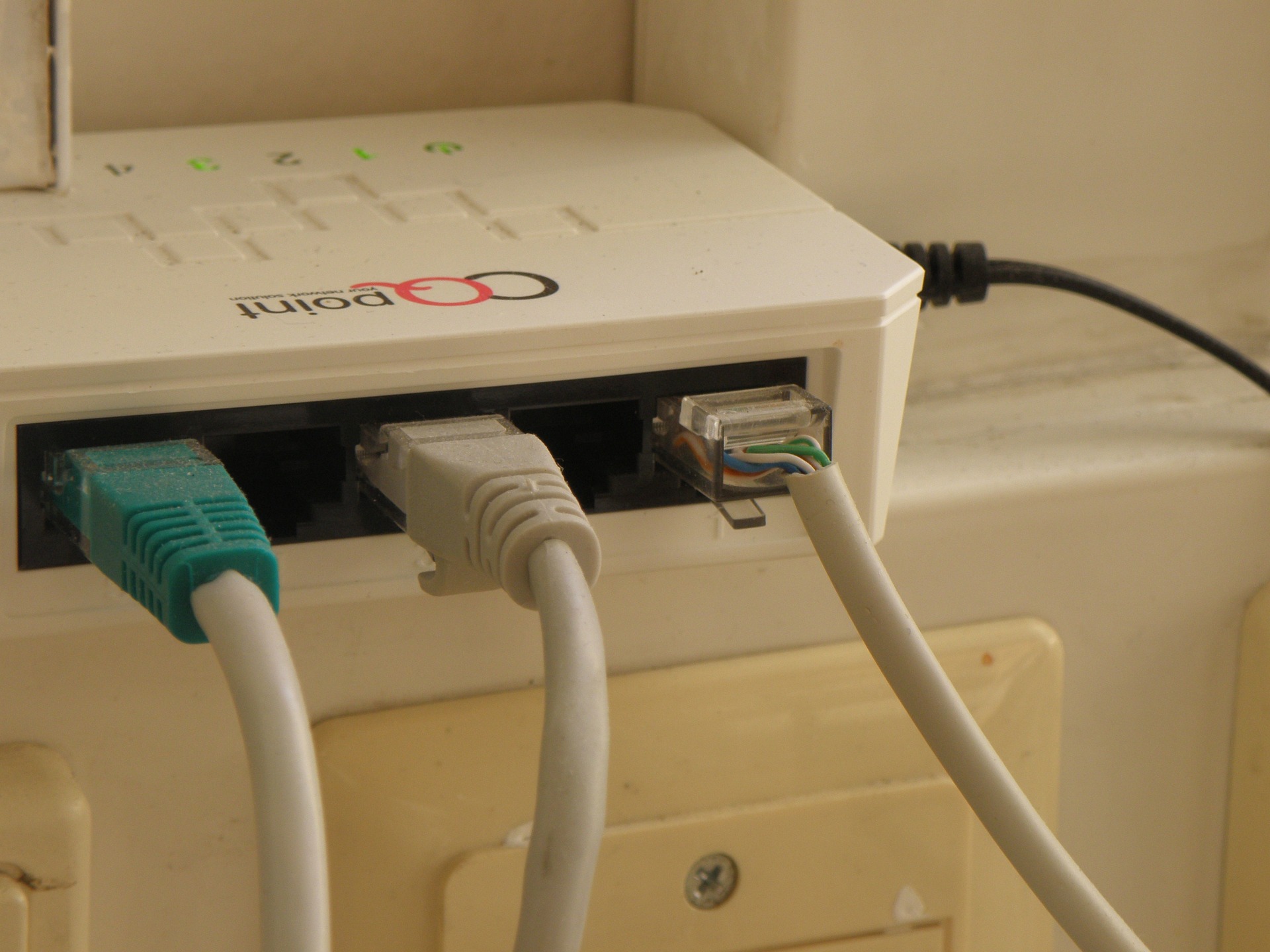Advancements in Telecommunication: A Deep Dive into Fixed Wireless Access (FWA)
Fixed Wireless Access (FWA) is changing the face of telecommunication, offering a unique blend of flexibility and speed that is revolutionizing connectivity. As the world increasingly relies on the internet for daily tasks and business operations, FWA technology is evolving to meet these growing demands.

The Genesis of Fixed Wireless Access
FWA is not a new concept in the world of telecommunications. However, it has undergone significant changes over the years. Initially, it was used to provide broadband internet services in areas where laying cables was impossible or impractical. Today, it has evolved into a viable alternative to traditional broadband, offering unprecedented speed and flexibility.
Advancements in FWA Technology
Advancements in FWA technology have brought it to the forefront of telecommunication. The latest FWA technology uses high-frequency millimeter waves, which can deliver high-speed internet over large distances. This technology has been made possible by advancements in antenna design and electronic beamforming, making FWA a viable connectivity solution for both urban and remote areas.
The Impact of FWA on Telecommunication
FWA has the potential to significantly impact the telecommunication landscape. It offers an alternative to traditional broadband, particularly in areas where it is difficult to lay cables. Furthermore, FWA can provide connectivity solutions for businesses, offering a flexible and cost-effective way to stay connected.
Challenges and Practical Applications of FWA
Despite its many advantages, FWA also presents some challenges. As it depends on line-of-sight, obstacles such as buildings and trees can interfere with the signal. However, these challenges are being overcome with the development of advanced antenna technology and signal processing algorithms. Furthermore, FWA has practical applications in both residential and commercial settings, opening up new opportunities for businesses and consumers alike.
The Future of FWA in Telecommunications
As our reliance on the internet continues to grow, so too does the demand for high-speed, reliable connectivity solutions. FWA, with its flexibility and speed, is well placed to meet this demand. As technology continues to evolve, we can expect to see FWA playing an increasingly important role in the world of telecommunications.
In conclusion, FWA is changing the way we connect to the internet. With its flexibility, speed, and cost-effectiveness, it represents a viable alternative to traditional broadband. While there are still challenges to be overcome, the future of FWA looks bright, promising to revolutionize the telecommunication landscape.




